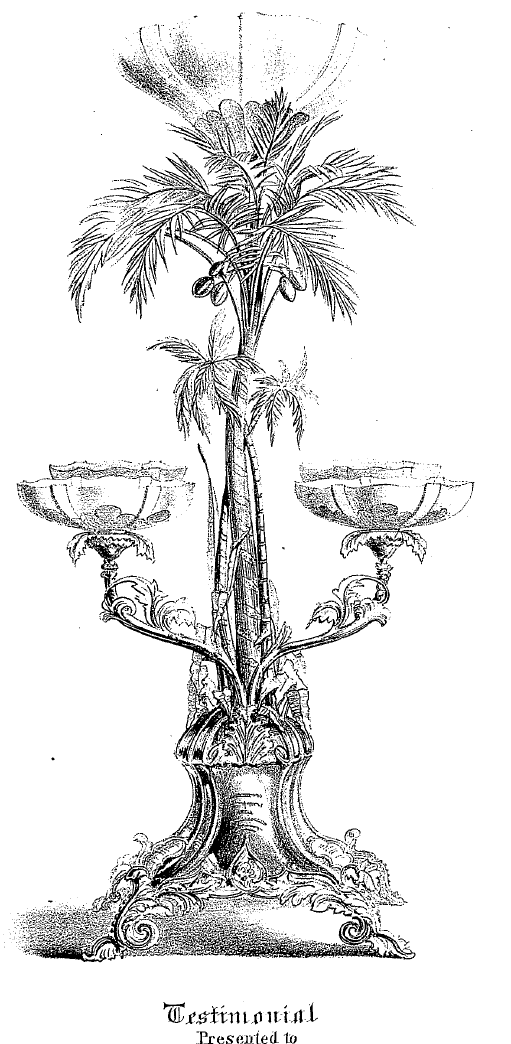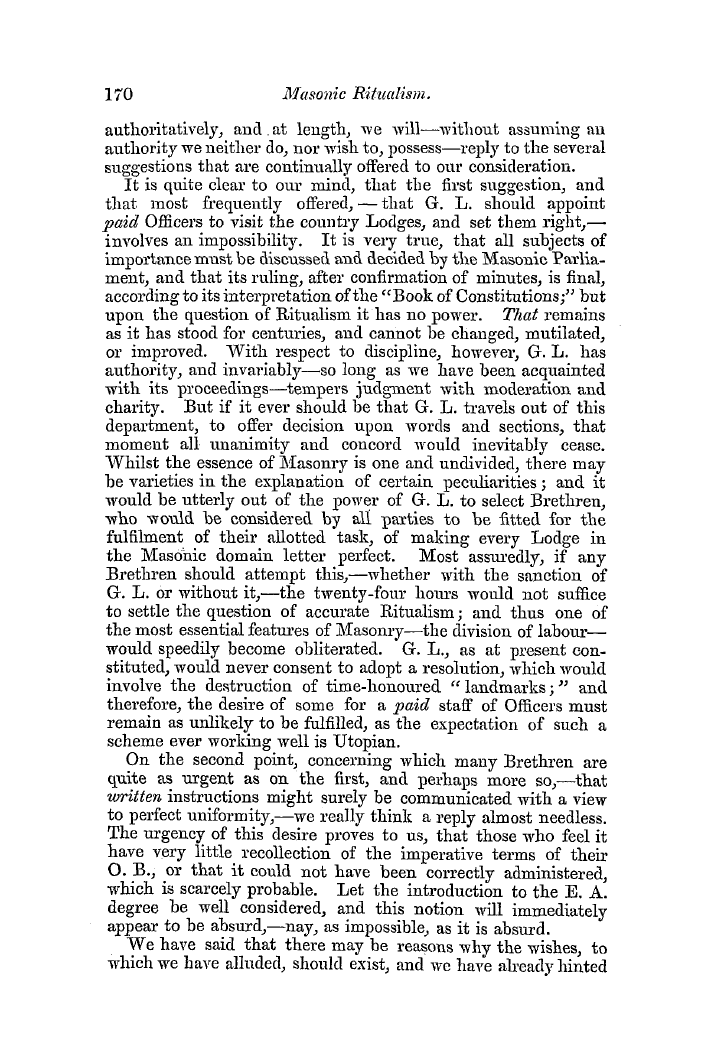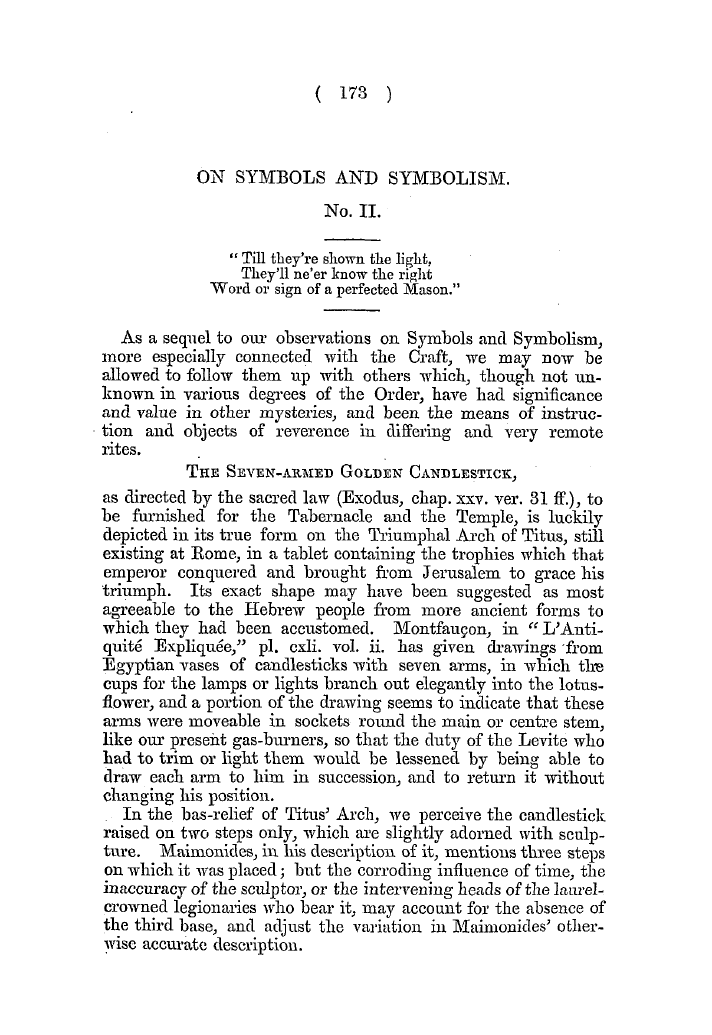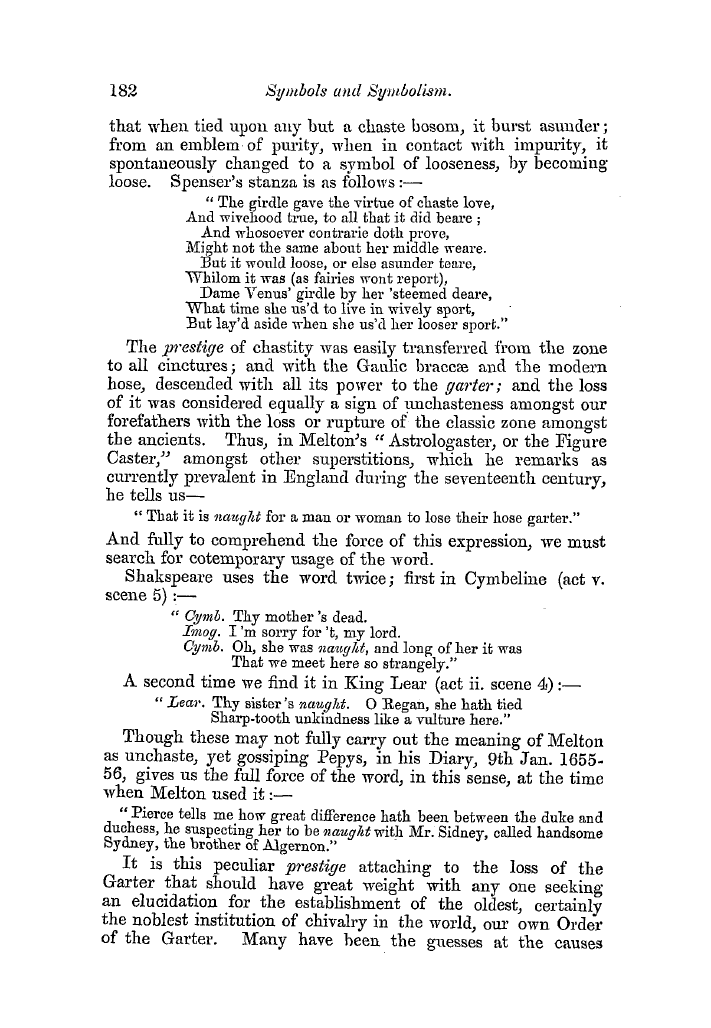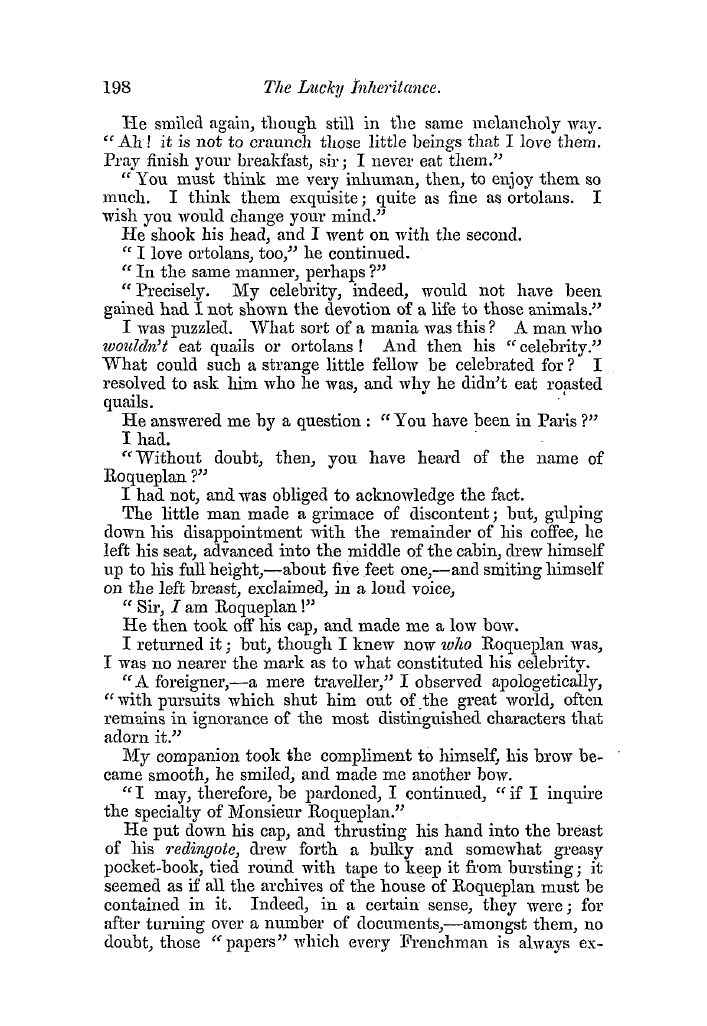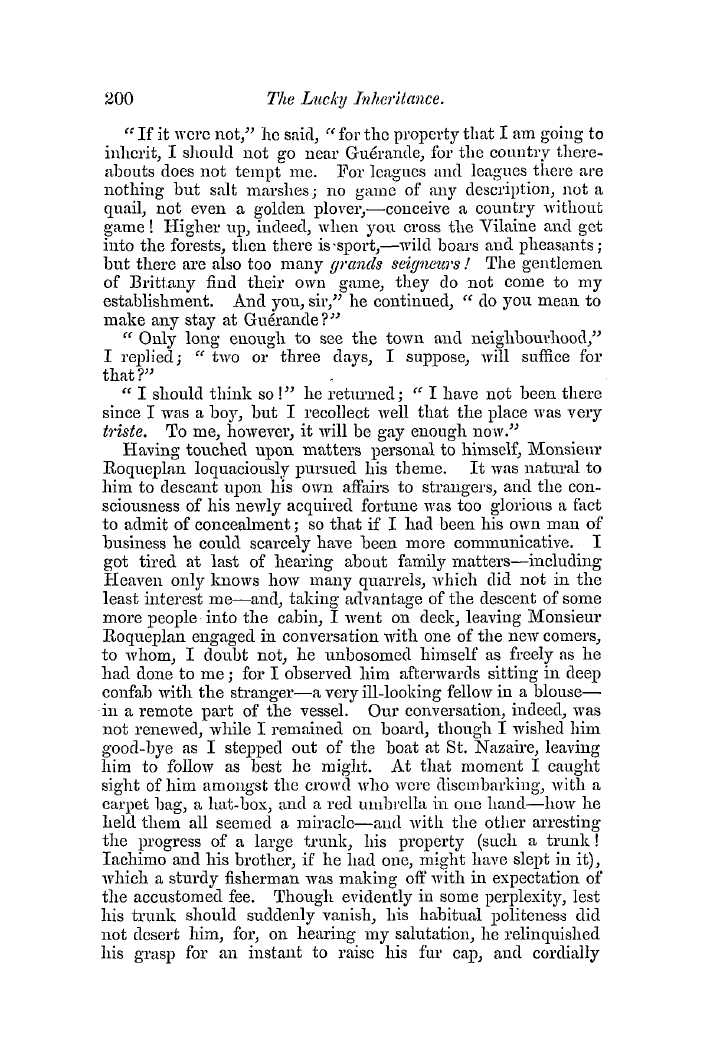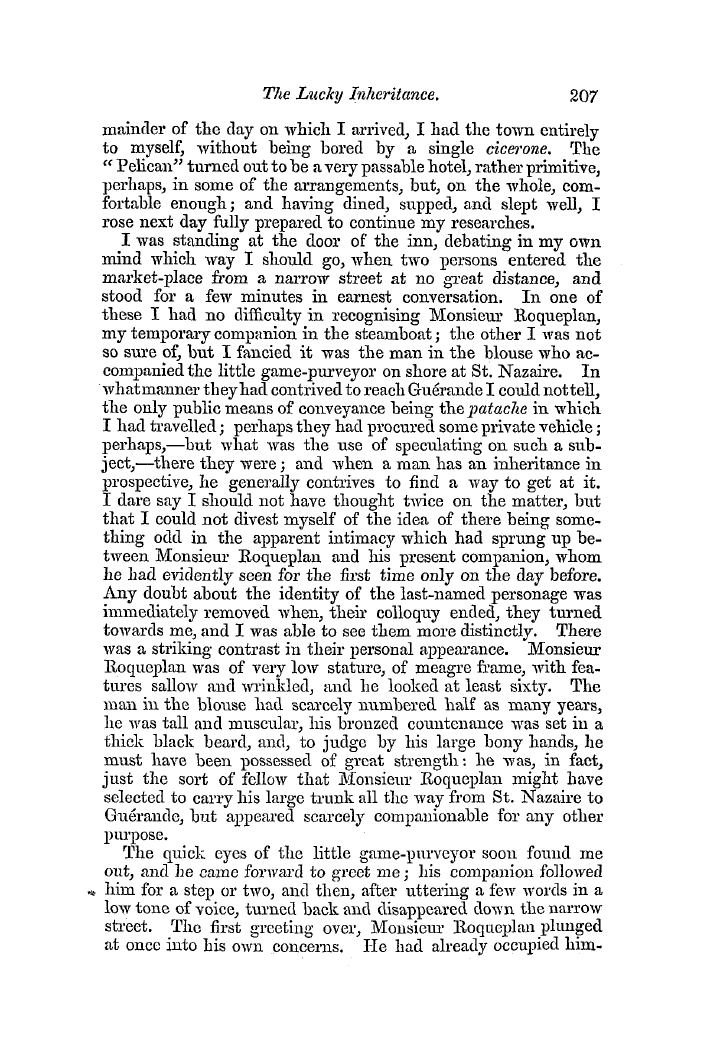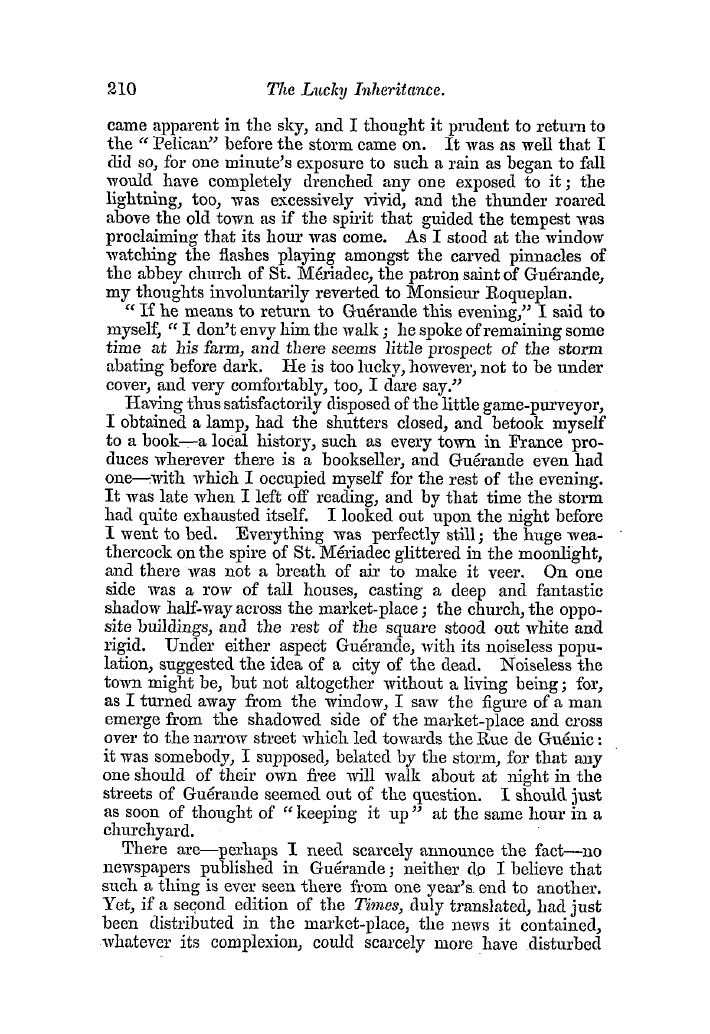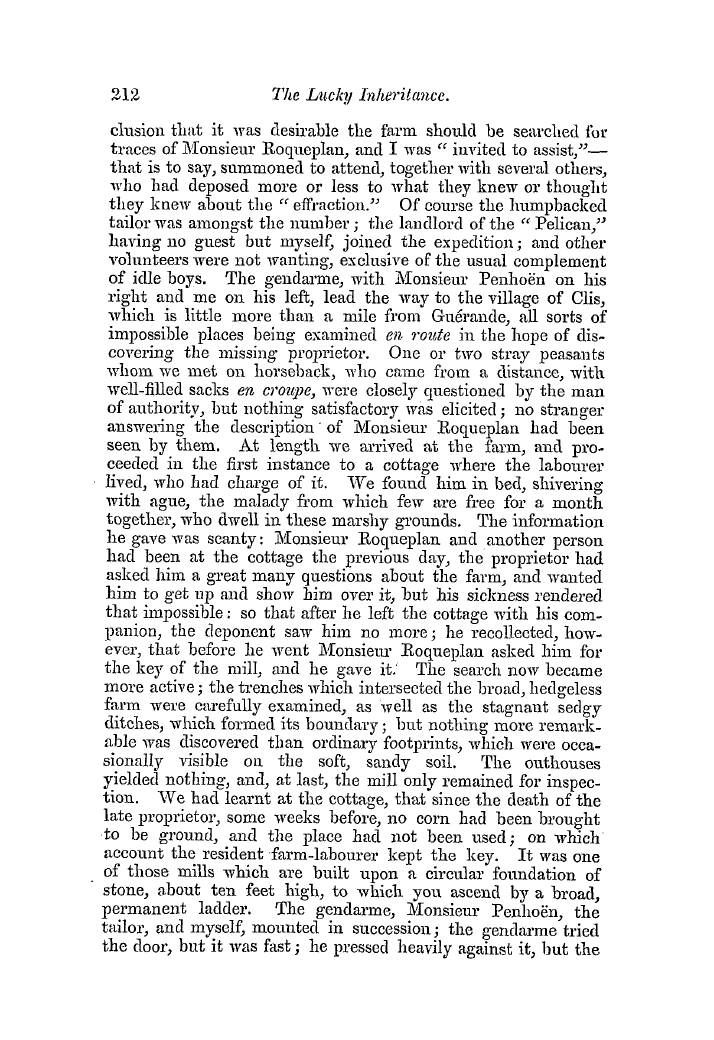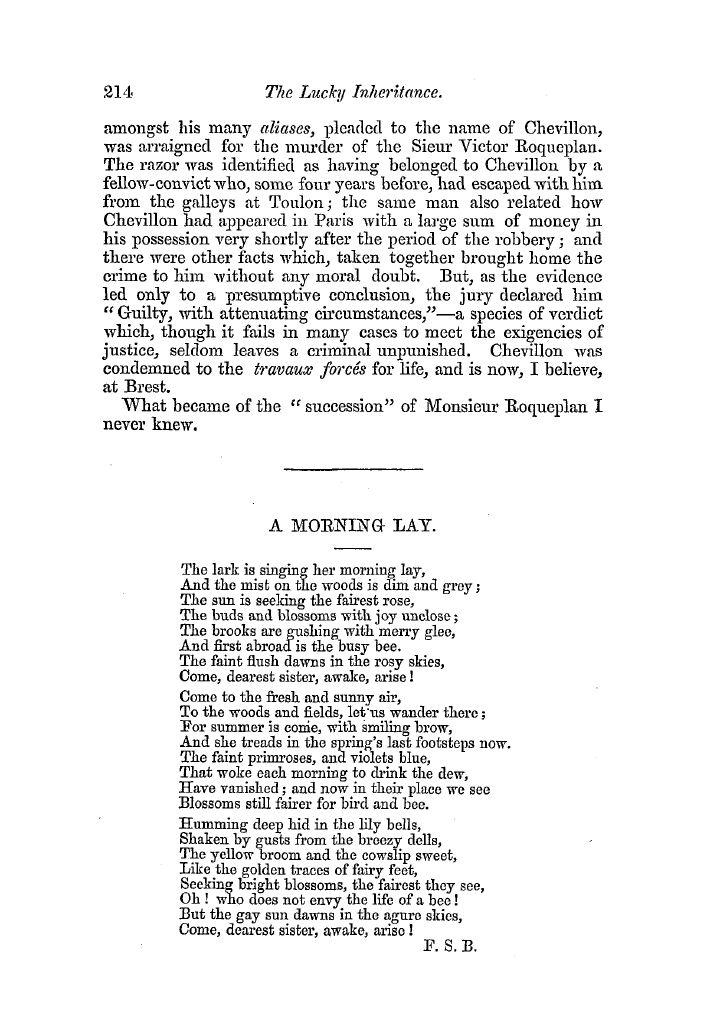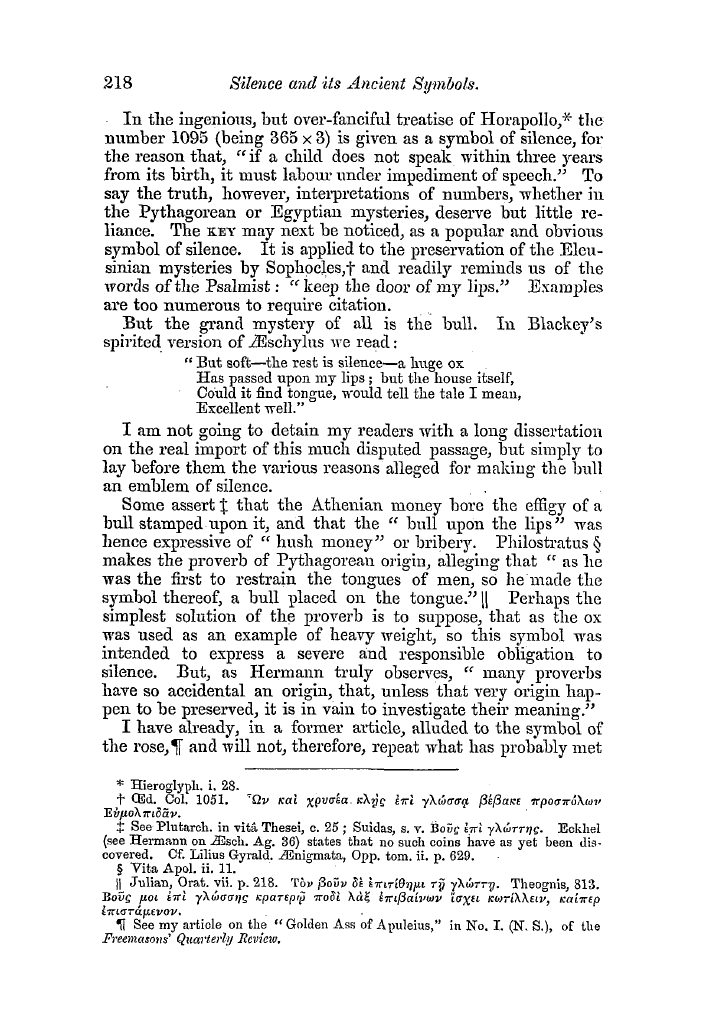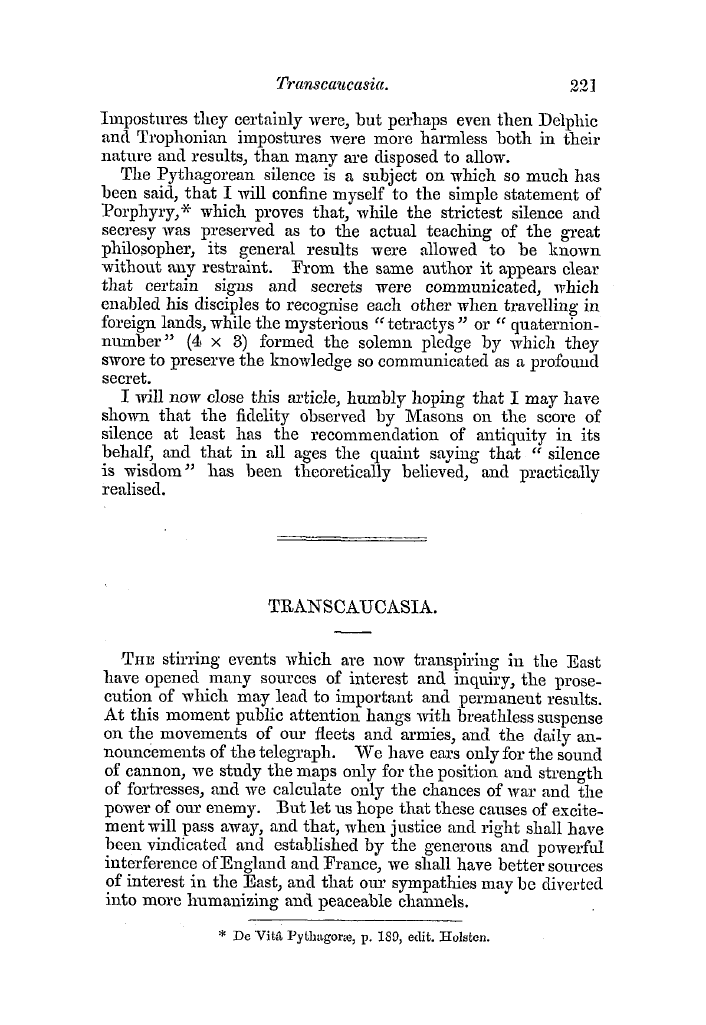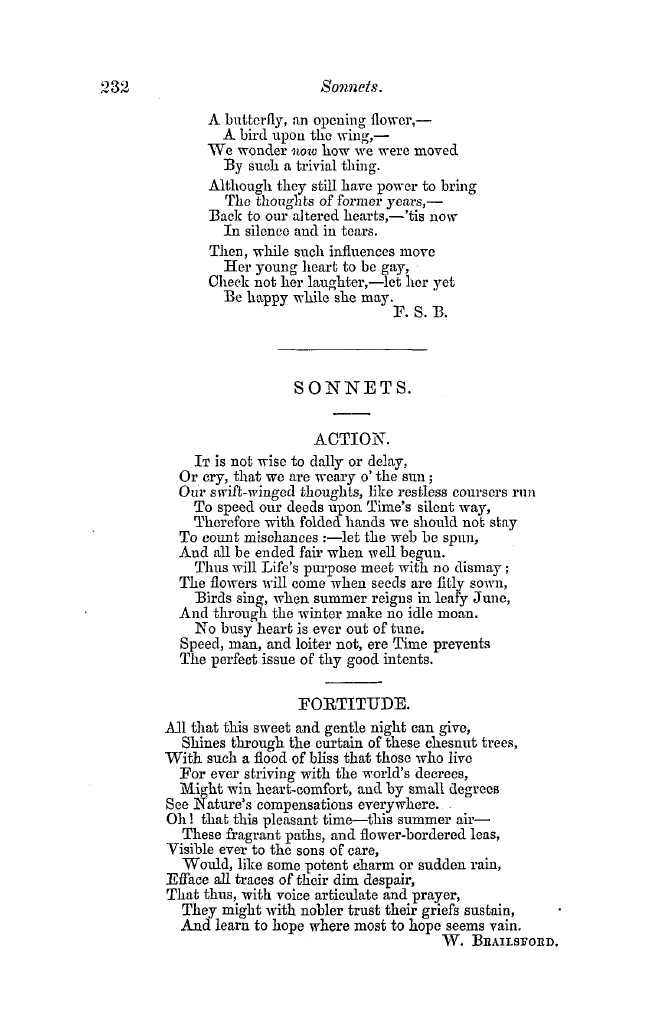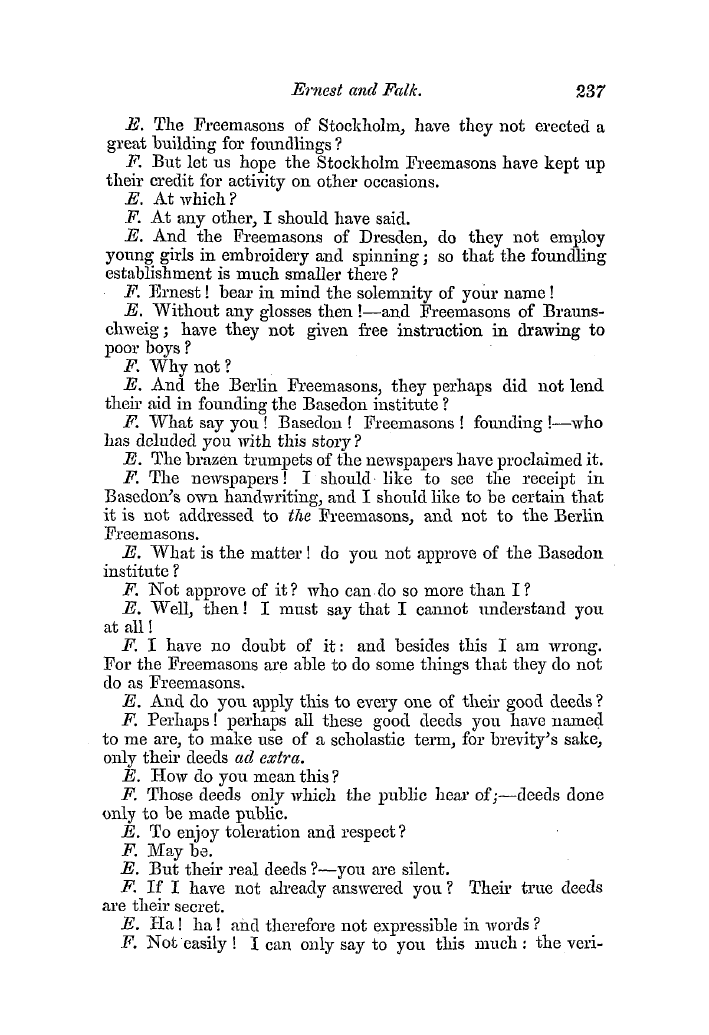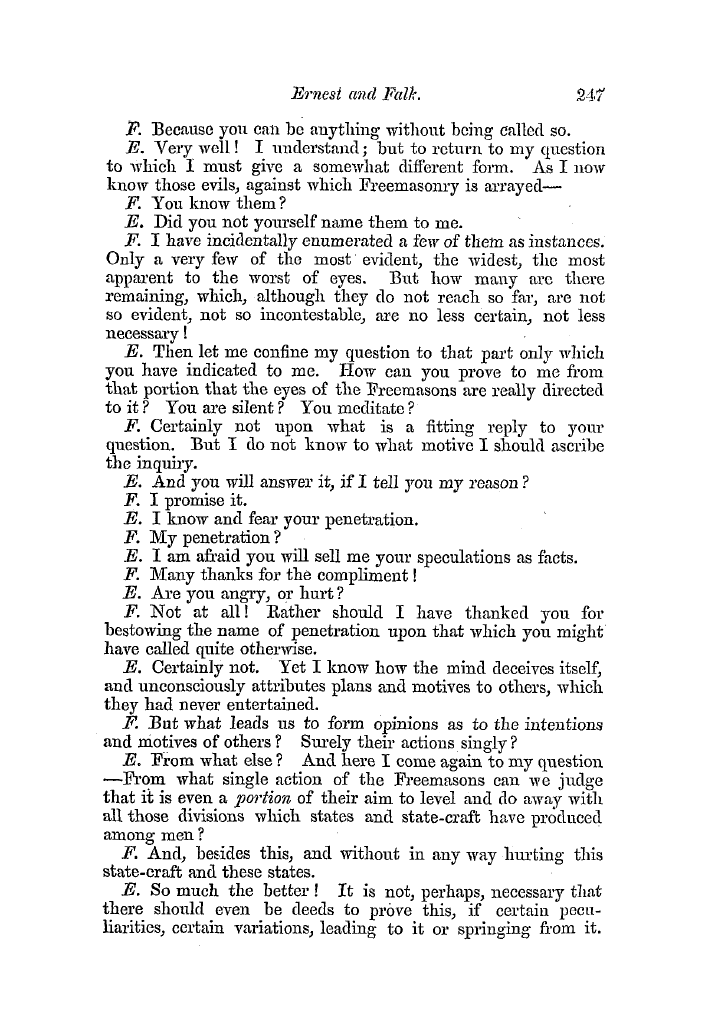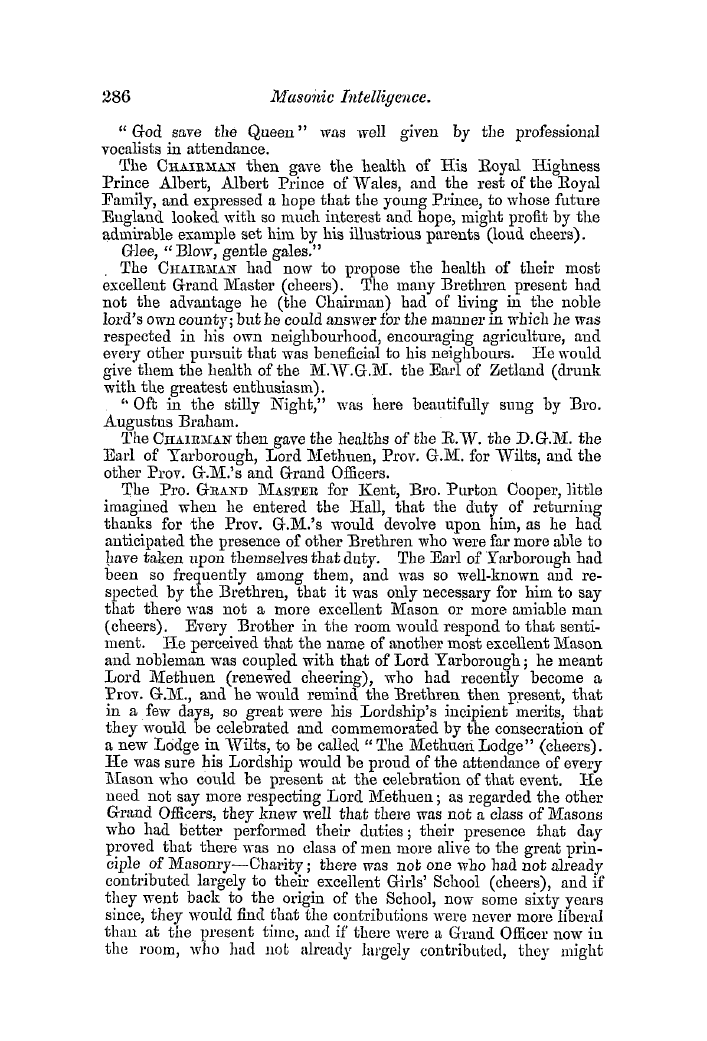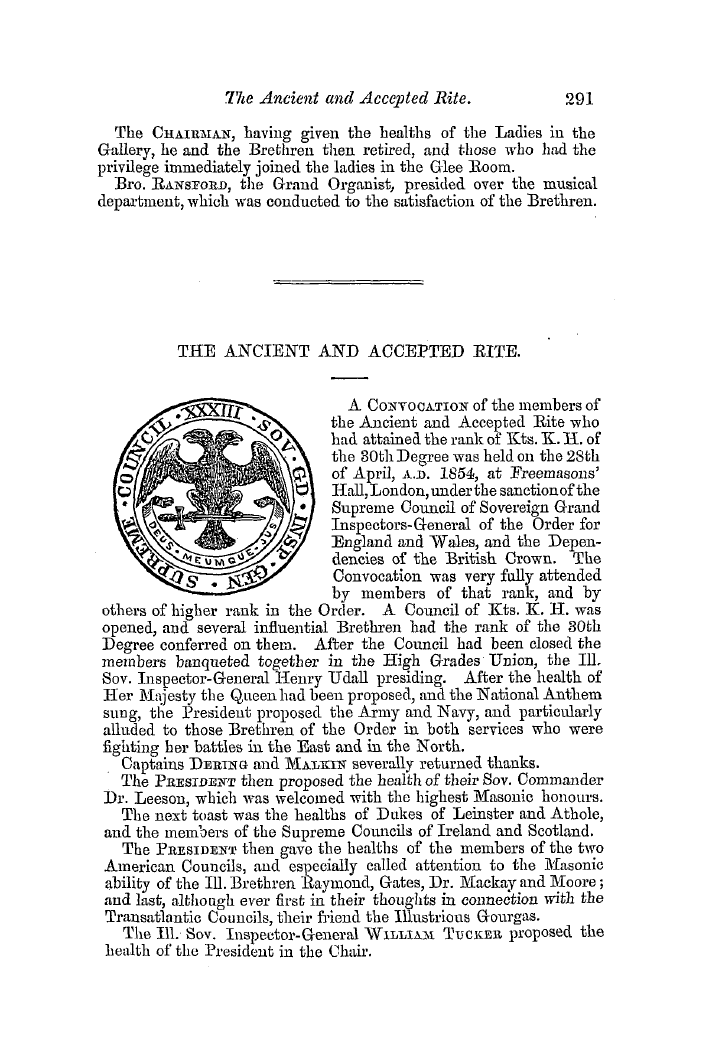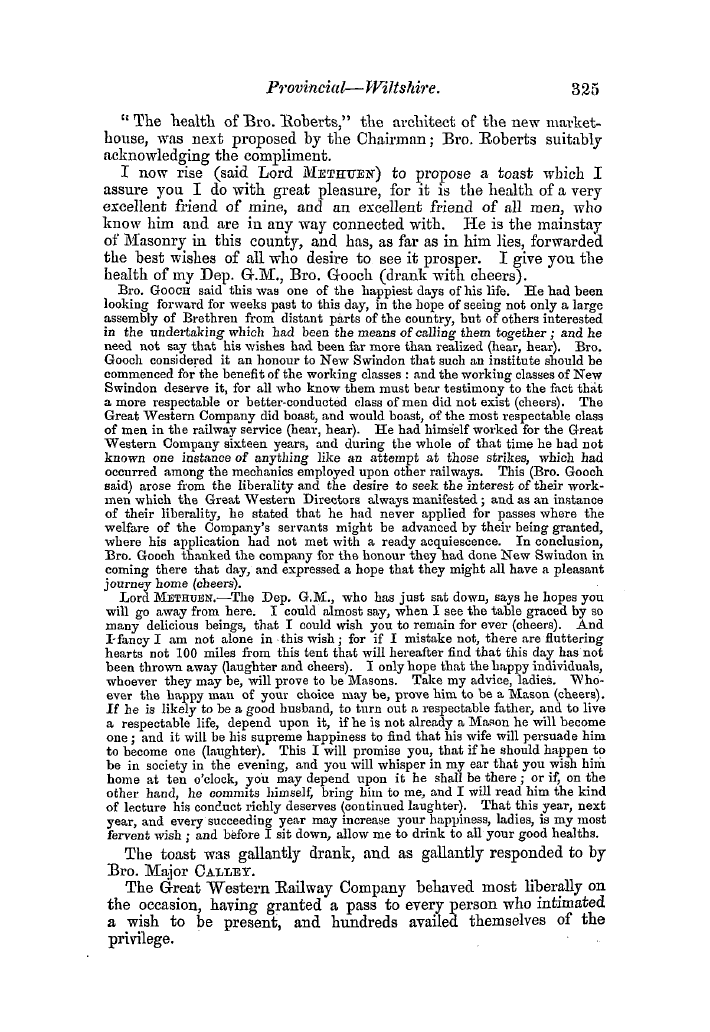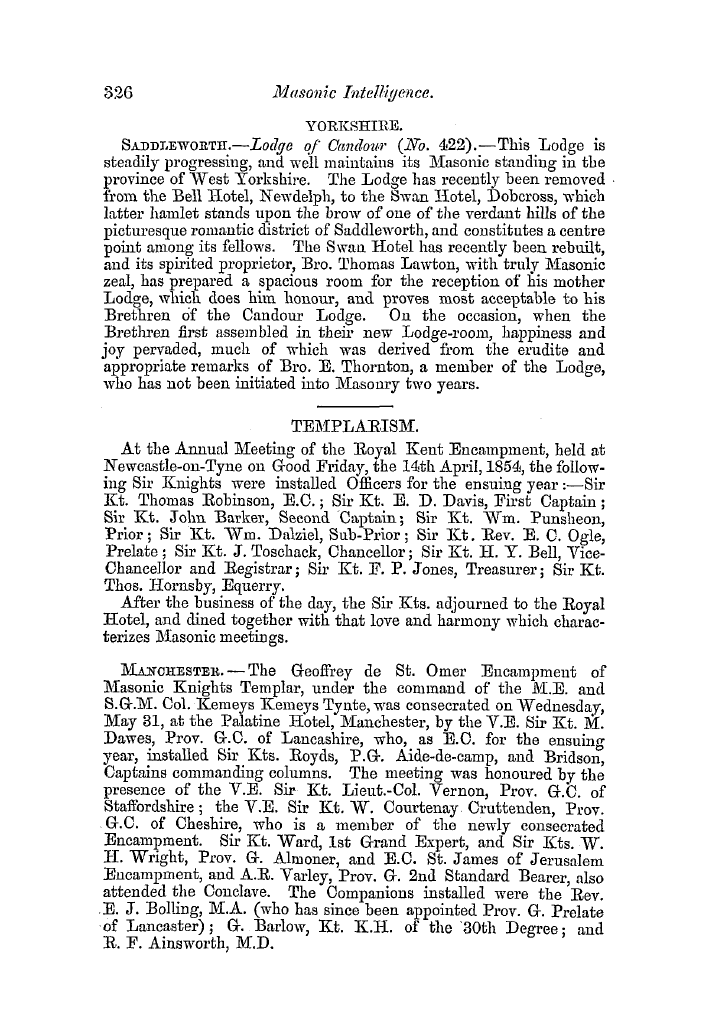-
Articles/Ads
Article TRANSCAUCASIA. ← Page 10 of 11 →
Note: This text has been automatically extracted via Optical Character Recognition (OCR) software.
Transcaucasia.
We shall conclude this article Avith the account which Baron Haxthausen gives of his Adsit to the singidar ruins of tlie " Rock-Town" of Uplas Zichi , in Mingrelia , which is connected Avith the national traditions of Queen Thamara , who is said to have introduced Christianity into this country : —
" Starting on this excursion , we rode along footpaths into the mountains , until we reached the Eoor , which runs under an imposing mass of rocks . Prom the bank of the river , a winding path , excavated in the rook four or five feet wide , led up the mountain , a parapet-wall three feet high being left facing the shore . On reaching the first stage or platform , I found a large open space , terminating in a road about ten feet wide , on each side of which a number of regular apartments were excavated in the rock , each about ten to fifteen feet and eight to ten feet hihThese
square , g . rooms , in which a door was cut opening to the road , were not excavated laterally in the rook , but hollowed out from above , as was also the case with the road itself ; the dwellings must therefore have had a roof , to render them habitable . Tradition gives them the name of the ' townbazaar . ' From this point numerous roads branch out in tho rock , with caverns , varying in size , which have once served as dwellings ; but there is no indication of regularity either in lan or executionProceeding
p . further , we came to a platform in the rock , forming a kind of gallery ; a lofty gate , ornamented with bas-reliefs , led into a spacious hall , from which several doors opened into smaller apartments . The whole bears the name of the Palace of Queen Thamara . We next proceeded to a kind of vaulted temple , excavated in the rock , and resting upon several pillars left standing in the centre . It is difficult to account for such vast labour bavin cr been
bestowed upon these works , —the labour perhaps of several generations , and in which the chisel was the only implement employed , —when we consider how much easier it would have been to erect buildings on the same spot . "These works , in my opinion , must he assigned to three distinct periods , —the first a pre-historical aira , in which the small troglodyte dwellings had their origin . At a second epoch , probably within the range
of history , the larger caverns and the ornaments were doubtless added . To a third , and evidently more recent period , belong the ruins of a small church , and some other insignificant remains of masonry , certainly not older than the fourteenth century . " The tradition of the country connects the name of Queen Thamara with these remains ; but we must observe , that all the chief monuments and buildings in Georgia are usually ascribed to her , and' many legends
are connected with her name . These works are , in my opinion , much older : Queen Thamara lived at the end of the twelfth century , when men had long ceased to dwell in caverns , and were well acquainted with masonry and architecture . She may , not improbably , have converted this rocktown , of a far earlier origin , into a fortress , and possibly have added these ornaments . Another tradition ascribes the entire work to Uplos , son of Ehartlos , the great-grandson of Noah ; a second version of this legend attributes it to Abraham .
" There are several similar rock-towns in Asia : the largest is perhaps the mysterious one of Petra , in the district of Edom , on the further side of the Dead Sea . There is another very similar rock-town on the river Koor , but nearer to its source . Tho following description of it is extracted from a manuscript account of the Caucasus , by Count Stakelberg . 'At live
Note: This text has been automatically extracted via Optical Character Recognition (OCR) software.
Transcaucasia.
We shall conclude this article Avith the account which Baron Haxthausen gives of his Adsit to the singidar ruins of tlie " Rock-Town" of Uplas Zichi , in Mingrelia , which is connected Avith the national traditions of Queen Thamara , who is said to have introduced Christianity into this country : —
" Starting on this excursion , we rode along footpaths into the mountains , until we reached the Eoor , which runs under an imposing mass of rocks . Prom the bank of the river , a winding path , excavated in the rook four or five feet wide , led up the mountain , a parapet-wall three feet high being left facing the shore . On reaching the first stage or platform , I found a large open space , terminating in a road about ten feet wide , on each side of which a number of regular apartments were excavated in the rock , each about ten to fifteen feet and eight to ten feet hihThese
square , g . rooms , in which a door was cut opening to the road , were not excavated laterally in the rook , but hollowed out from above , as was also the case with the road itself ; the dwellings must therefore have had a roof , to render them habitable . Tradition gives them the name of the ' townbazaar . ' From this point numerous roads branch out in tho rock , with caverns , varying in size , which have once served as dwellings ; but there is no indication of regularity either in lan or executionProceeding
p . further , we came to a platform in the rock , forming a kind of gallery ; a lofty gate , ornamented with bas-reliefs , led into a spacious hall , from which several doors opened into smaller apartments . The whole bears the name of the Palace of Queen Thamara . We next proceeded to a kind of vaulted temple , excavated in the rock , and resting upon several pillars left standing in the centre . It is difficult to account for such vast labour bavin cr been
bestowed upon these works , —the labour perhaps of several generations , and in which the chisel was the only implement employed , —when we consider how much easier it would have been to erect buildings on the same spot . "These works , in my opinion , must he assigned to three distinct periods , —the first a pre-historical aira , in which the small troglodyte dwellings had their origin . At a second epoch , probably within the range
of history , the larger caverns and the ornaments were doubtless added . To a third , and evidently more recent period , belong the ruins of a small church , and some other insignificant remains of masonry , certainly not older than the fourteenth century . " The tradition of the country connects the name of Queen Thamara with these remains ; but we must observe , that all the chief monuments and buildings in Georgia are usually ascribed to her , and' many legends
are connected with her name . These works are , in my opinion , much older : Queen Thamara lived at the end of the twelfth century , when men had long ceased to dwell in caverns , and were well acquainted with masonry and architecture . She may , not improbably , have converted this rocktown , of a far earlier origin , into a fortress , and possibly have added these ornaments . Another tradition ascribes the entire work to Uplos , son of Ehartlos , the great-grandson of Noah ; a second version of this legend attributes it to Abraham .
" There are several similar rock-towns in Asia : the largest is perhaps the mysterious one of Petra , in the district of Edom , on the further side of the Dead Sea . There is another very similar rock-town on the river Koor , but nearer to its source . Tho following description of it is extracted from a manuscript account of the Caucasus , by Count Stakelberg . 'At live
